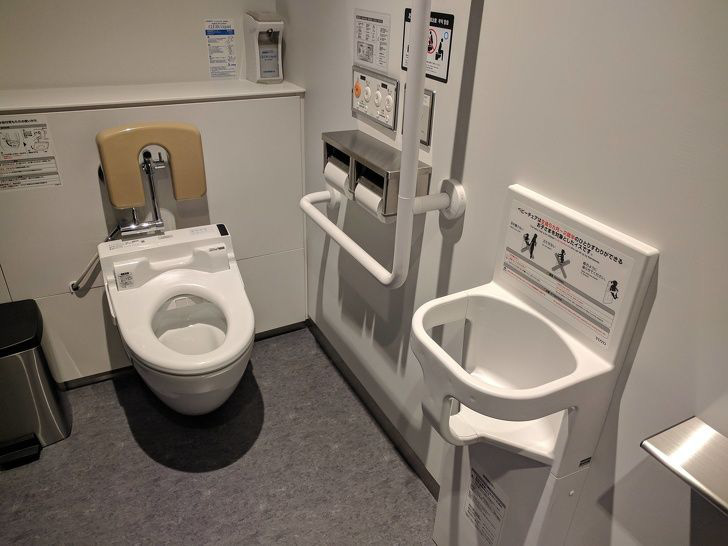
A toilet area in Japan: there is a separate toilet for the elderly, there is a handrail across the toilet so that users can hold on when standing up or sitting down, there is a chair for babies from 6 months to 2 years old while waiting for their mother to go to the toilet - Photo source: Mirachan
As Tuoi Tre Online reported: Personal hygiene is essential but has become a source of frustration for passengers on the highway recently.
Some readers said that despite improvements, the reality of toilets in many places is still a matter of debate, not just on highways.
According to some opinions, toilets in many places in Vietnam even cause discomfort for domestic and foreign tourists.
Some opinions suggest that look at how Japanese people do tourism from toilets, don't consider this a small matter.
Tourism expert Nguyen Van My, who has led many tourist groups to Japan, shared about this story.
Toilet with baby seat, armrest to support the elderly
In recent years, the number of Vietnamese tourists to Japan has increased due to the attraction of Japanese culture.
But the most impressive thing for me, and also for the members of the Japan Famtrip by Kintetsu train, was... the toilet!
Just arriving at Nagoya airport, a small province in the central region, tourists are struck by a very unique toilet system. Clean, airy, elegant, diverse in form, style and amenities.
Most toilets have air conditioning (summer) and heated toilets (winter). Hot water with automatic rinsing and drying, sounds and music.
In addition, additional functions such as baby seats, diaper changing tables, armrests to support the elderly, power outlets, tables or bag hooks... Many places also have remote controls.
Next to it are still rustic toilets, equipped with only flat or squat toilets.
The Japanese said these toilets are for nostalgic people or foreign visitors who are not used to using modern toilets. The public wash basins are like 4-5 star service, you can drink water directly from the taps.
In small provinces and rural areas, toilets are always separate from bathtubs. In central areas, the design is shared. Whether shared or private, they strictly follow the principles of Japanese toilets, saving and making the most of every square inch of space.
Japanese people rarely use English, only Japanese. In return, the symbols are clear and easy to understand. Of course, first-time users should also look carefully, not click randomly to try.
Japanese hotels usually don’t have bottled water available. If you’re thirsty in the middle of the night, just go to the bathroom and drink as much as you want. Or get up and boil water to make coffee or pay for canned water in the hallway.
In Japan, there is no need to worry about finding or being embarrassed by the foul smell. Japan is probably the only country with the Japan Toilet Association.
Every year, the Japan Toilet Association holds a competition for beautiful and impressive toilet designs, and has a toilet award.
Why is the toilet important?
The Japanese believe that the toilet is the most private place and the most important need, so it must be given top priority.
Remember, to prepare for the 2020 Olympics and Paralympic Games, the government of this country also organized a national toilet design competition and solemnly awarded and honored creative toilet projects.
They design toilets not only to meet needs but also to bring convenience to users, even raising them to the level of art.
Toilets in this country have a heating function in winter, more modern ones also include a water spray system, dryer, deodorizer and sound system.
The Japanese claim that their excellent toilet system has contributed to economic development and created a unique Japanese cultural identity.
Throughout Japan, toilets are always the truest RESTROOMs.
Lack of clean and dirty toilets is the most effective way to drive away visitors. Japanese toilets are one of the reasons why tourists come and return to Japan.
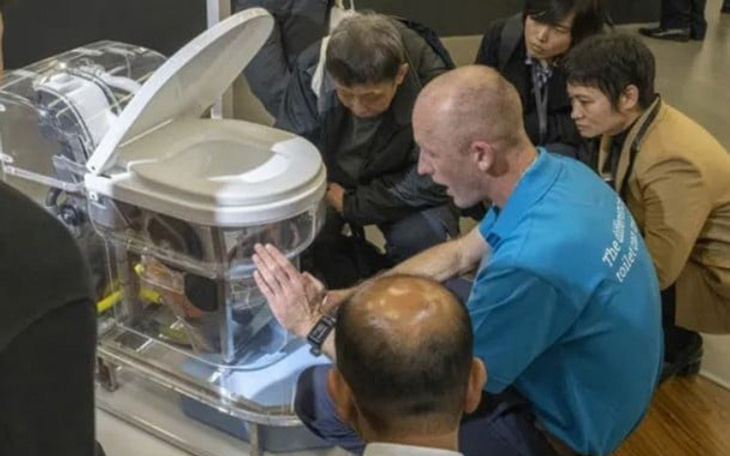 Future toilets, toilets will be able to... diagnose diseases
Future toilets, toilets will be able to... diagnose diseasesSource: https://tuoitre.vn/thu-hut-khach-du-lich-tu-nha-ve-sinh-20240701081322598.htm








![[Photo] General Secretary To Lam attends the 80th Anniversary of the Cultural Sector's Traditional Day](https://vstatic.vietnam.vn/vietnam/resource/IMAGE/2025/8/23/9f771126e94049ff97692935fa5533ec)
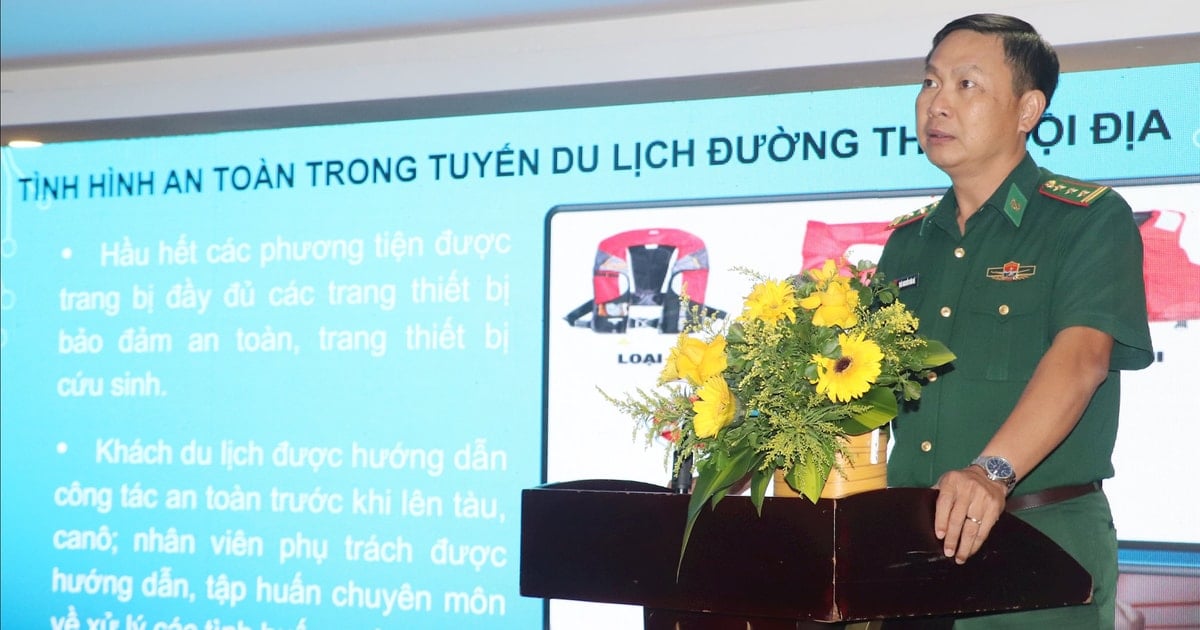





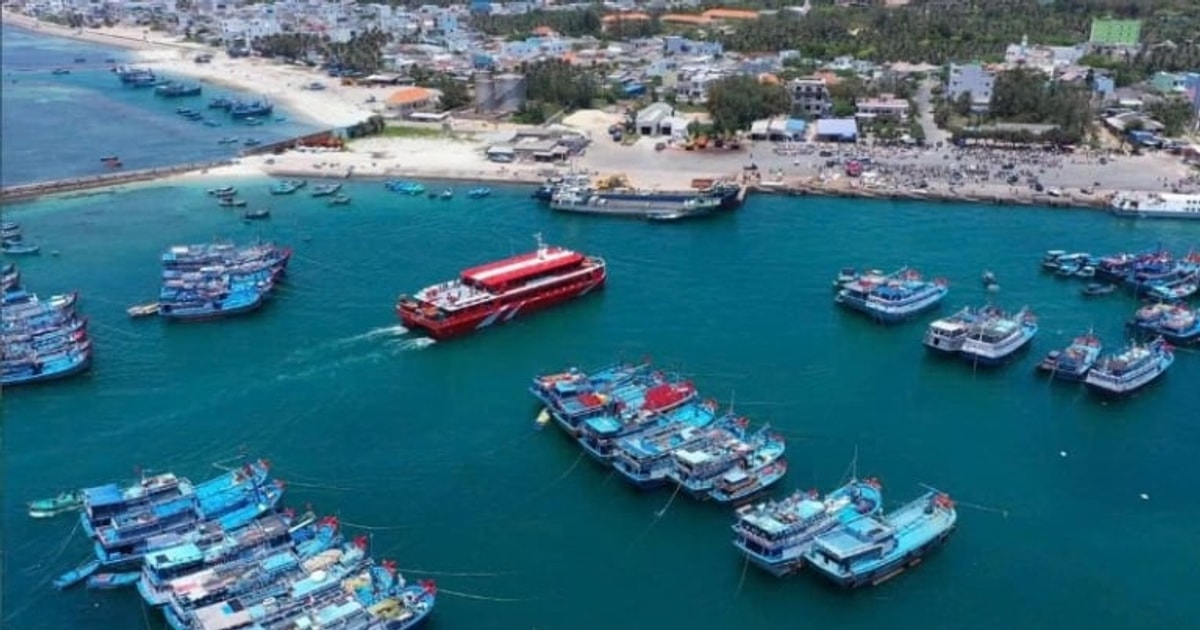
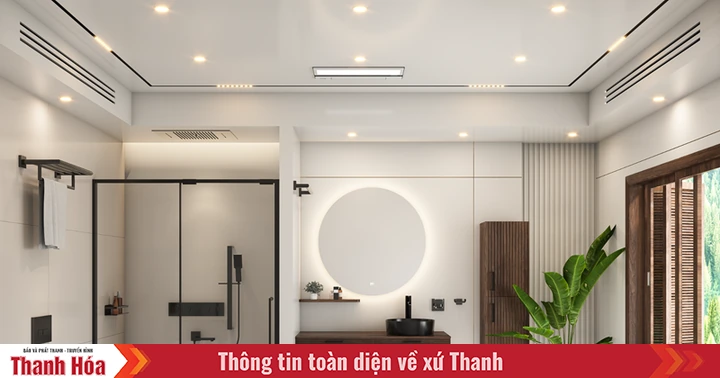



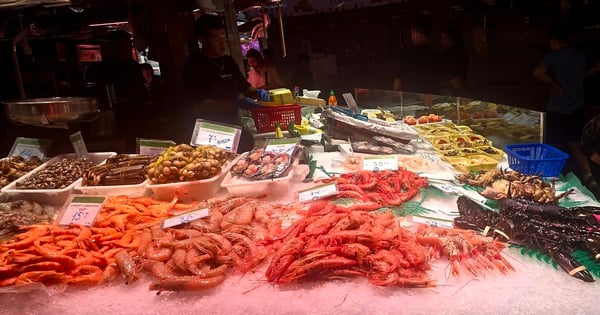

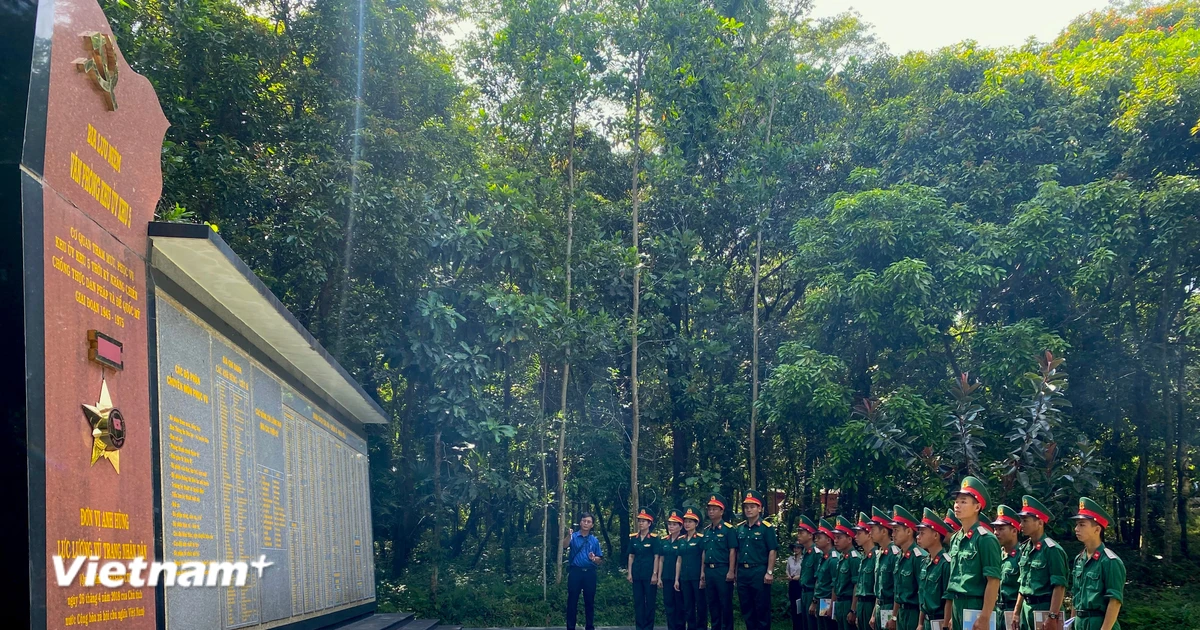


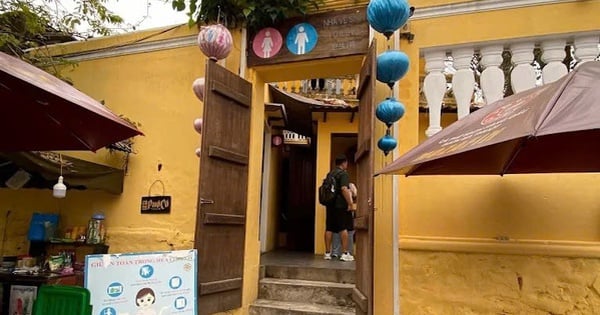






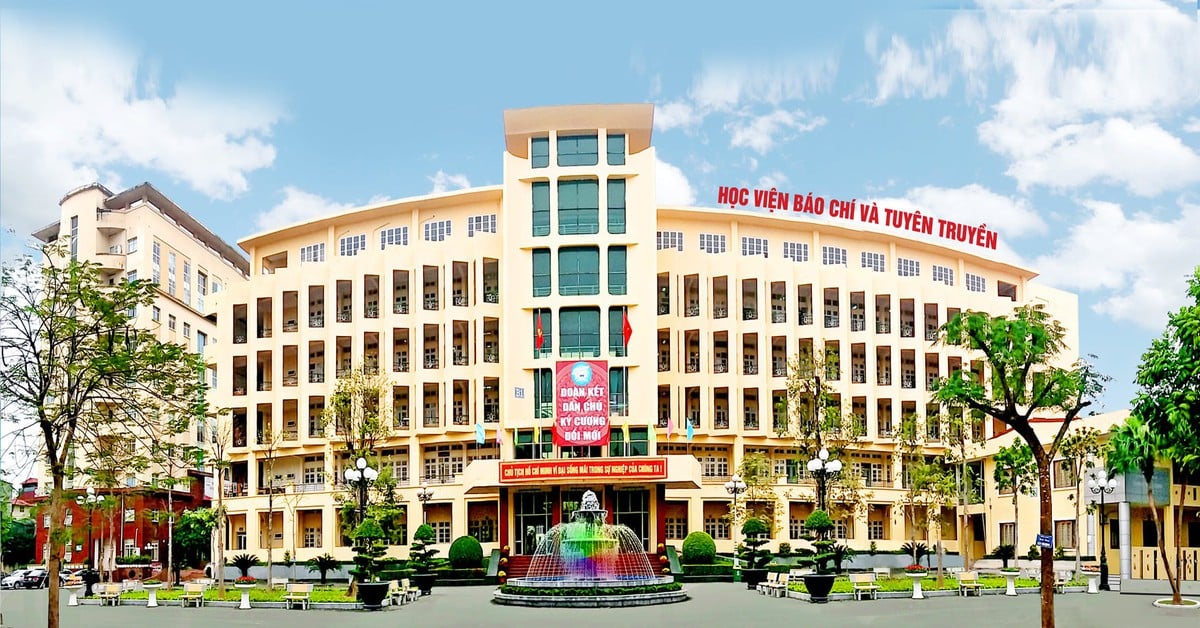

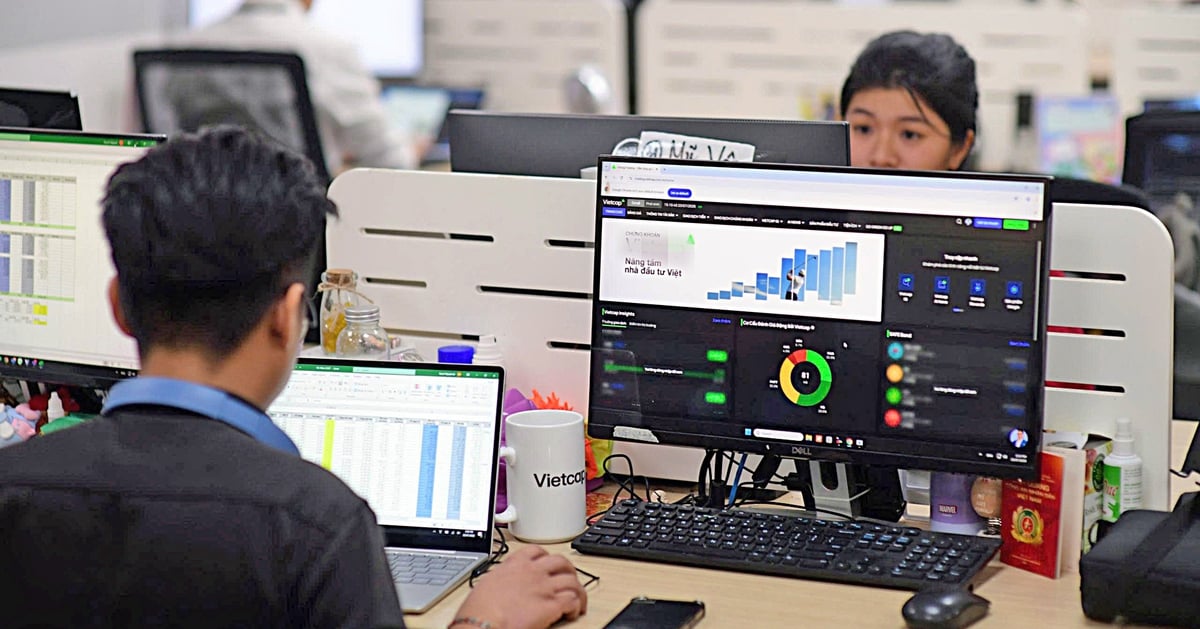

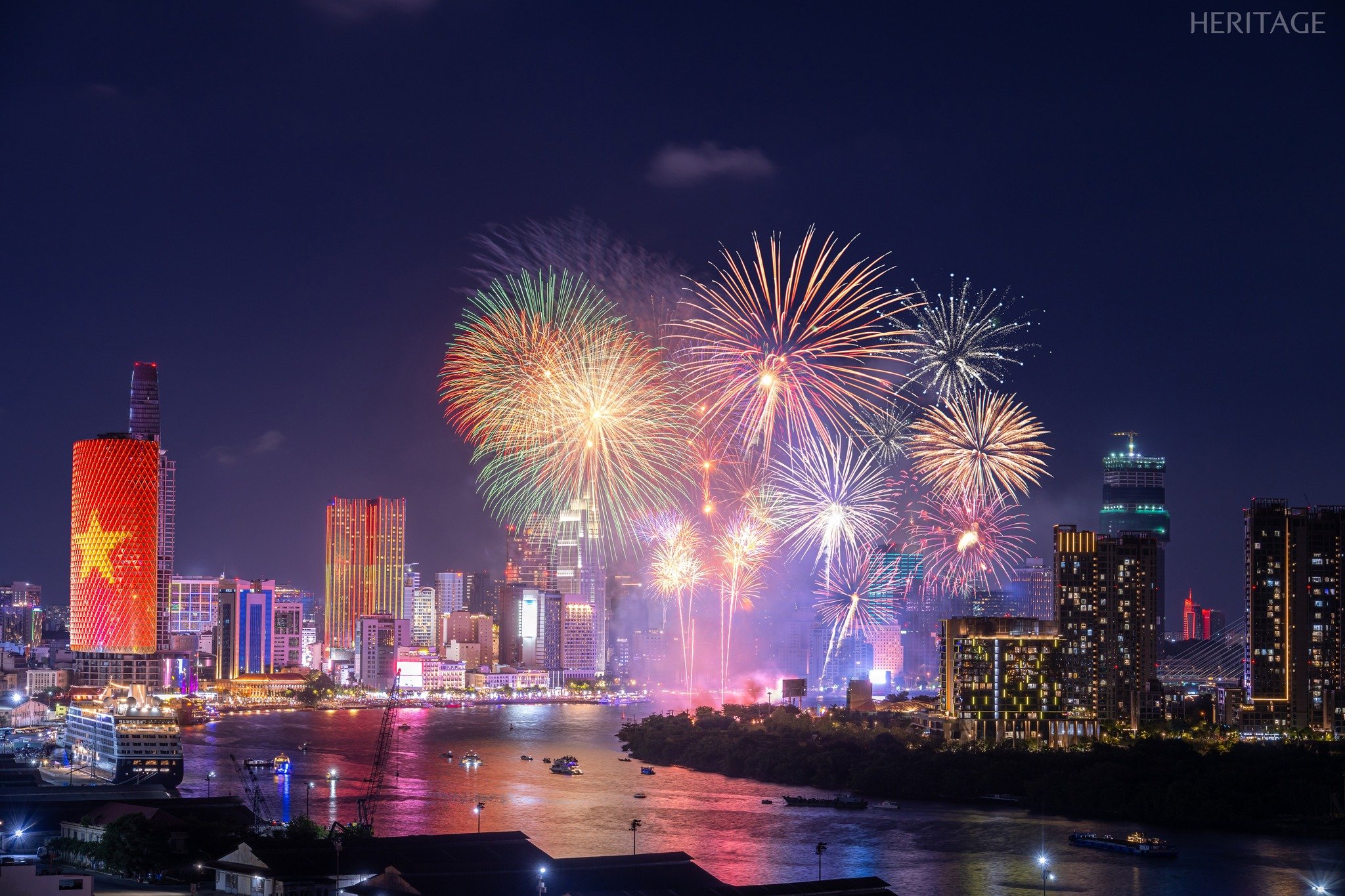

































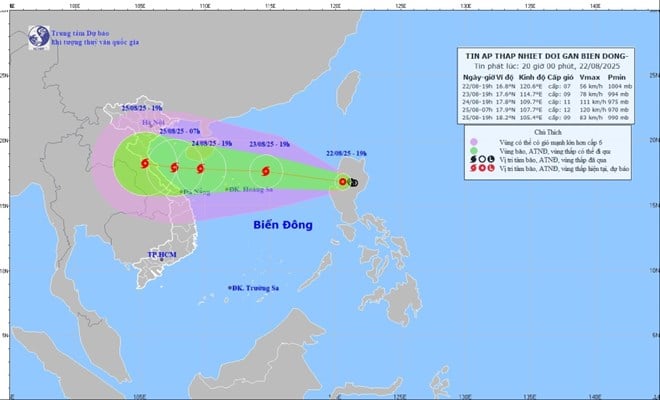




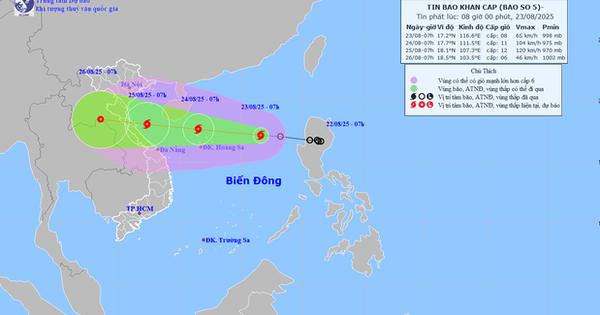



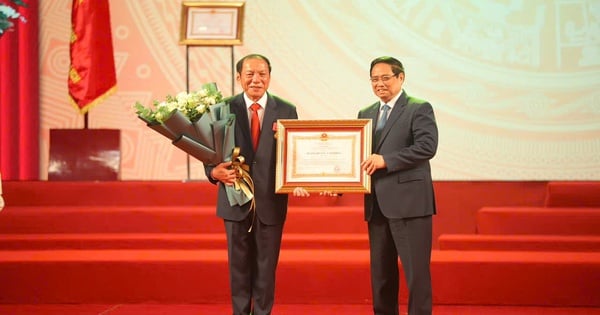
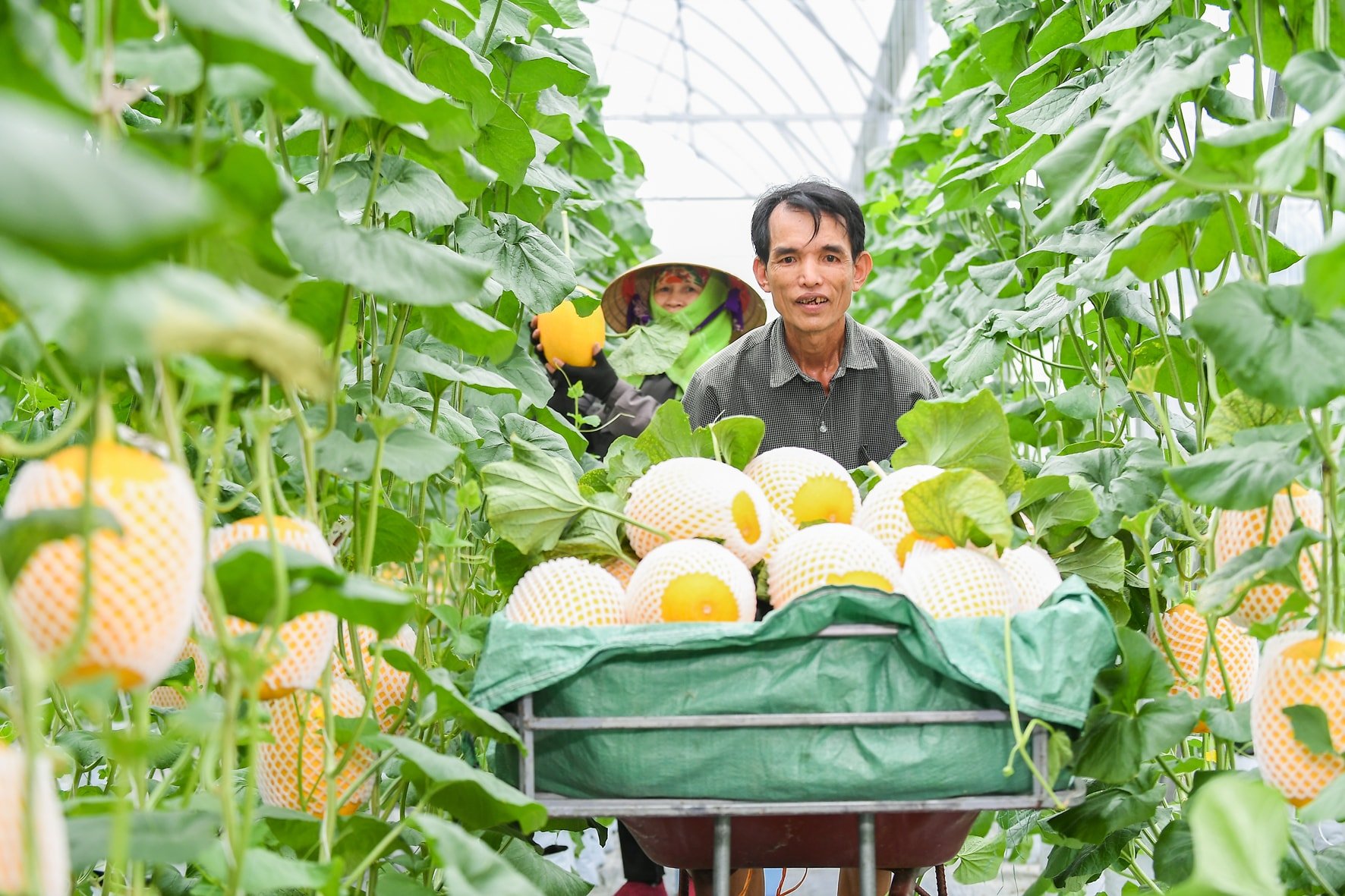

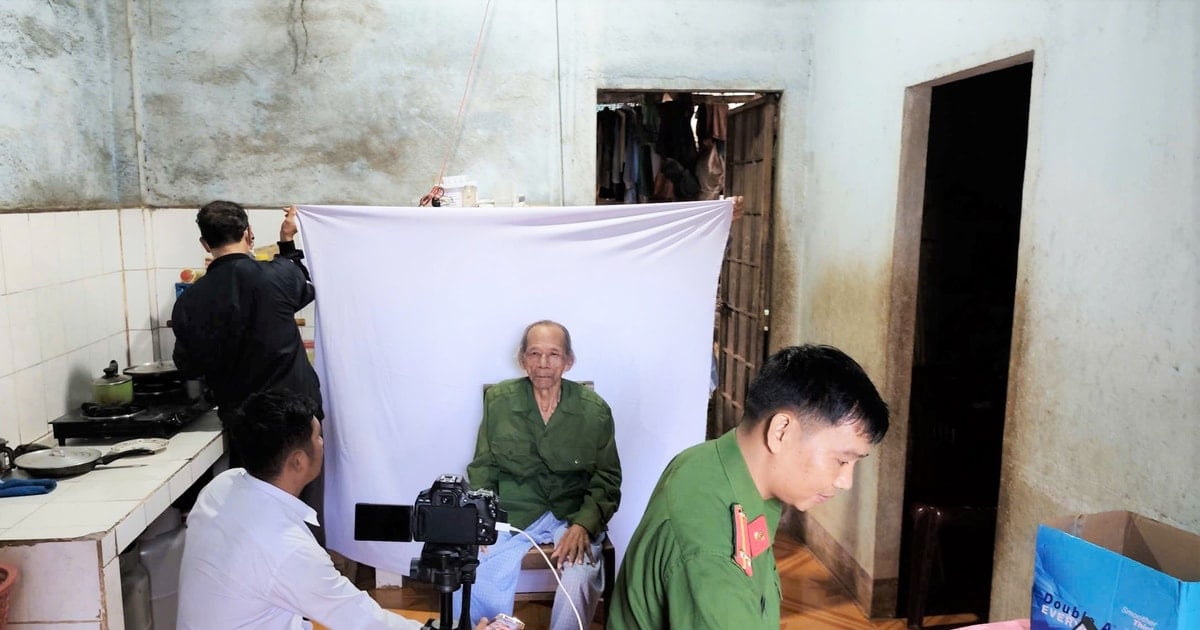


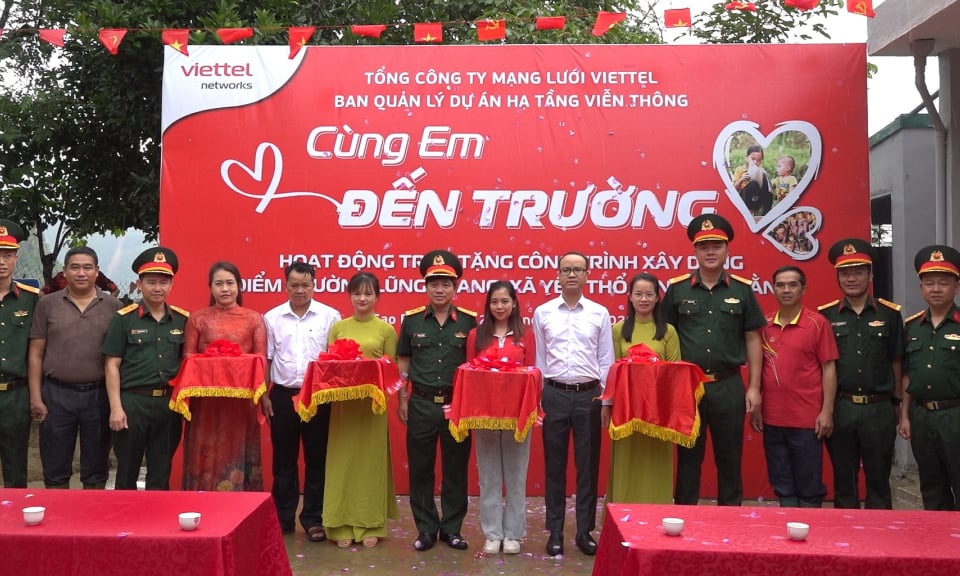



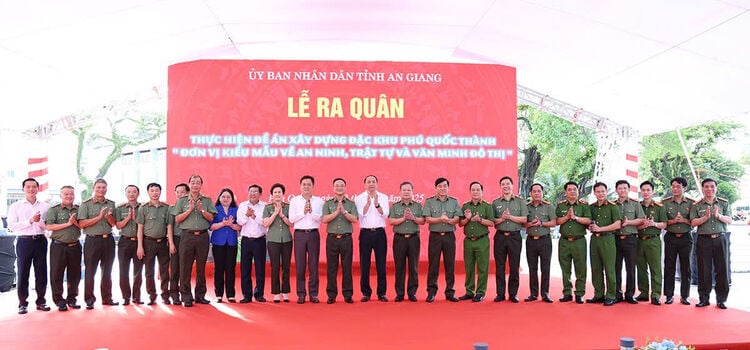




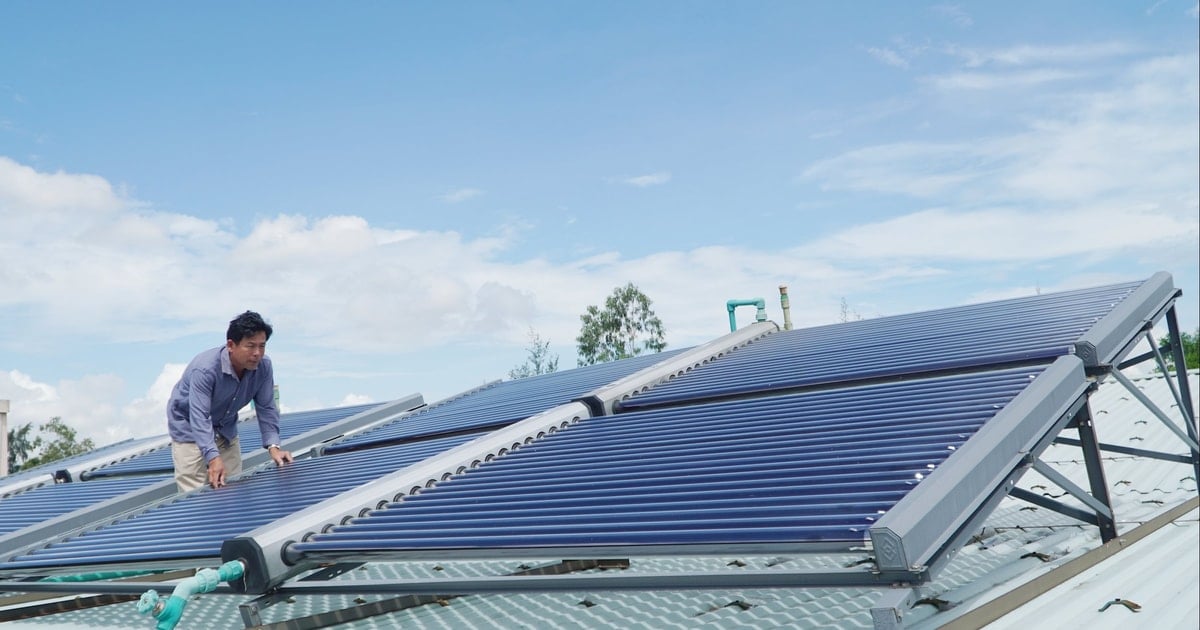
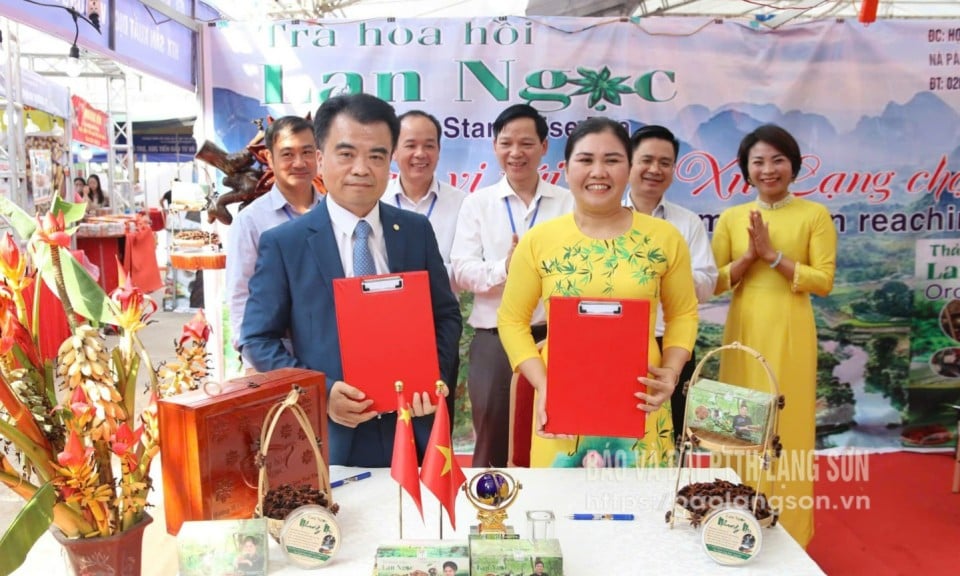

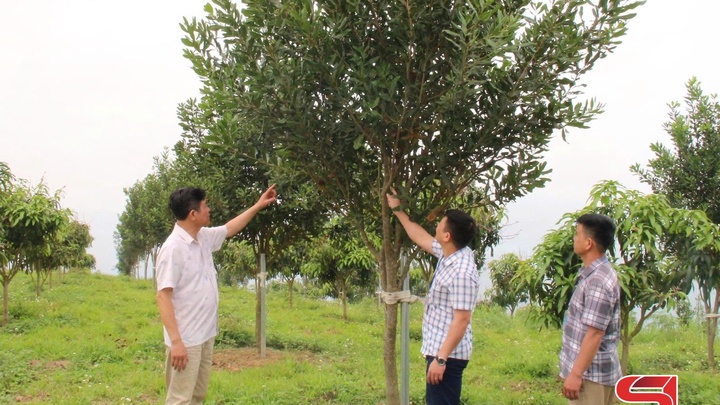

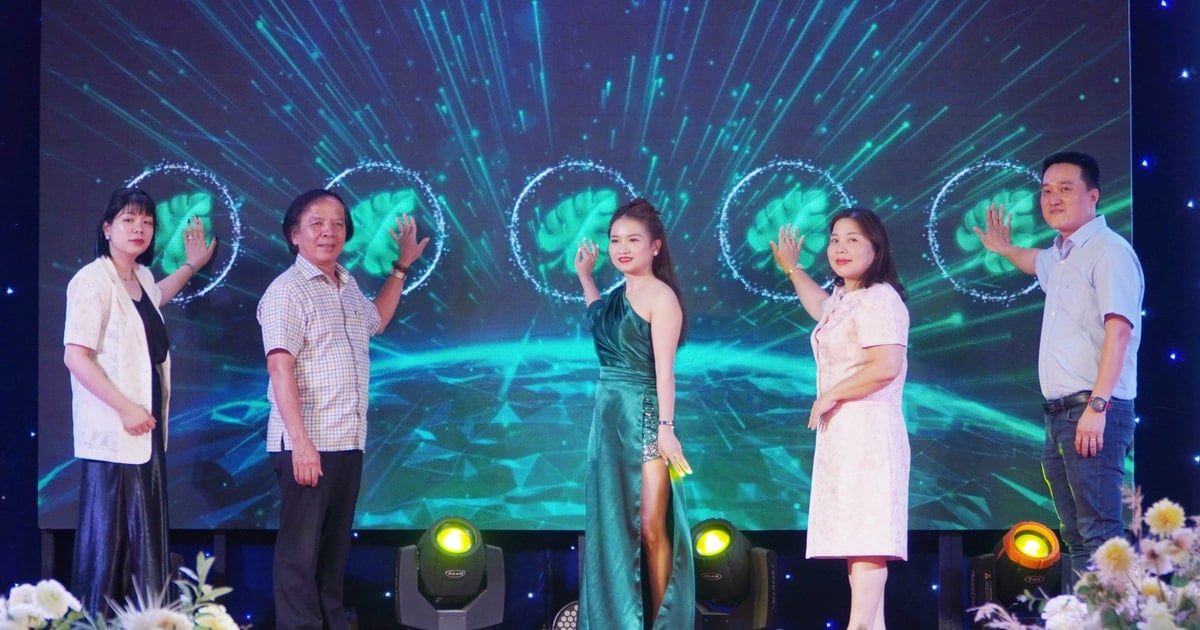





Comment (0)